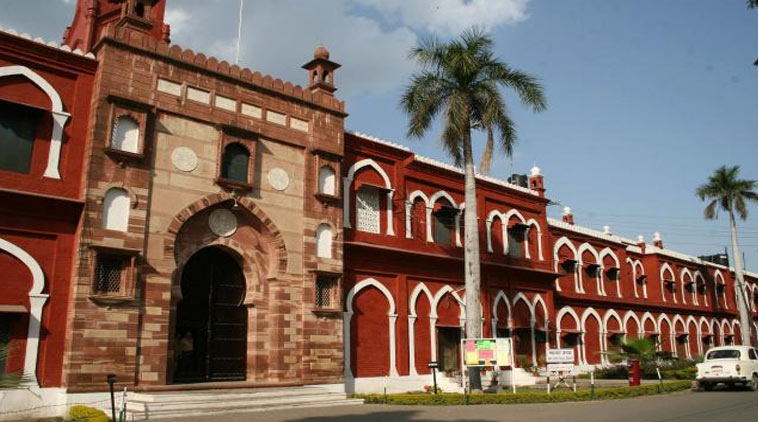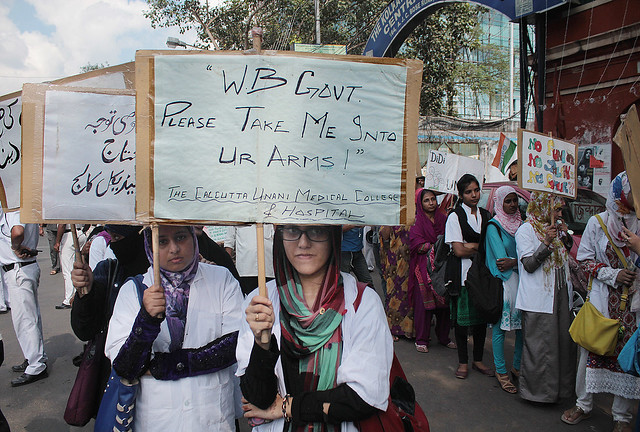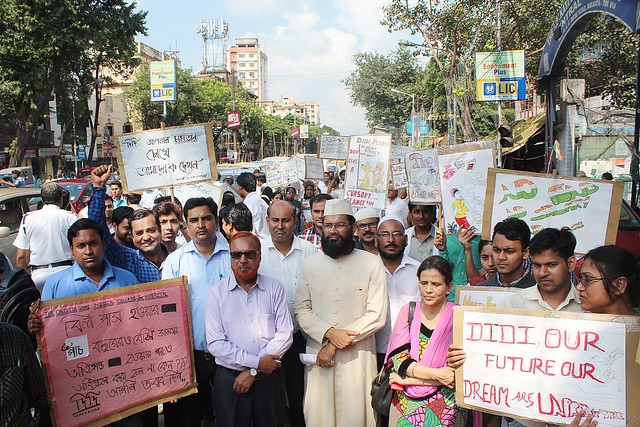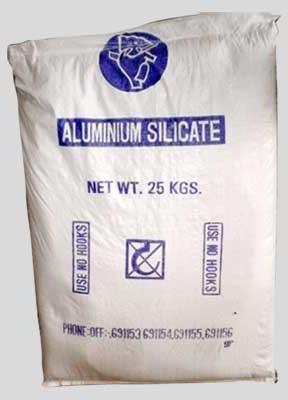Good Clinical Practice Guidelines published by AYUSH Ministry for clinical trials of Ayurveda, Siddha & Unani drugs
There are four Research Councils under the Ministry of AYUSH Council for Research in Ayurvedic Sciences (CCRAS), Central Council for Research in Unani Medicines (CCRUM), Central Council for Research in Siddha (CCRS) and Central Council for Research in Homoeopathy (CCRH) with the mandate to undertake research towards discovery of new drugs under AYUSH systems of medicine.
Ayurveda, Siddha, Unani and Homoeopathic drugs are regulated through the Drugs and Cosmetics Act, 1940, which is a Central Act uniformly applicable throughout the country. Rules 85-A to 85-I and Rules 151 to 159 of the Drugs and Cosmetics Rules, 1945 provide the regulatory provisions for grant of licenses to manufacture Homoeopathic and Ayurveda, Siddha and Unani drugs and promote their safety and quality respectively. The standards of Homoeopathic medicines to be complied with are prescribed in Schedule II of the Drugs & Cosmetics Act, 1940 and of Ayurveda, Siddha and Unani drugs in Rule 168 of Drugs and Cosmetics Rules, 1945.
There are two appellate Laboratories, namely, Pharmacopoeial Laboratory for Indian Medicine (PLIM) and Homoeopathic Pharmacopoeial Laboratory (HPL) set up by the Central Government in Ghaziabad, Uttar Pradesh, which are functioning as standard setting cum drug-testing laboratories for Indian Medicines and Homoeopathy respectively.
Ministry of AYUSH has also published Good Clinical Practice Guidelines for conducting clinical trial for new Ayurveda, Siddha, Unani (ASU) drugs.
The Council for Scientific Industrial Research (CSIR) also have their in-house programmes to develop herbal products based on AYUSH knowledge.
The National Medicinal Plant Board (NMPB) supports Research and Development projects on various aspect of medicinal plants like Survey-cum-documentation of medicinal plants and associated traditional knowledge on medicinal plants; standardization of Good Agricultural and Collection Practices (GACPs); development of Agro-techniques, development of phytochemical reference standards, monographs; laying down standards of quality, safety and efficacy, and quality assurance.
The other departments/organizations of Government of India viz. Botanical Survey of India (BSI), Indian Council of Forestry Research and Education (ICFRE), Department of Science & Technology (DST), Council for Scientific and Industrial Research (CSIR), Indian Council for Agricultural Research (ICAR) also supports Research and Development activities on various aspects of Medicinal Plants.
This information was given by the Minister of State (Independent Charge) for AYUSH, Shri Shripad Yesso Naik in written reply in Lok Sabha today.
There are four Research Councils under the Ministry of AYUSH Council for Research in Ayurvedic Sciences (CCRAS), Central Council for Research in Unani Medicines (CCRUM), Central Council for Research in Siddha (CCRS) and Central Council for Research in Homoeopathy (CCRH) with the mandate to undertake research towards discovery of new drugs under AYUSH systems of medicine.
Ayurveda, Siddha, Unani and Homoeopathic drugs are regulated through the Drugs and Cosmetics Act, 1940, which is a Central Act uniformly applicable throughout the country. Rules 85-A to 85-I and Rules 151 to 159 of the Drugs and Cosmetics Rules, 1945 provide the regulatory provisions for grant of licenses to manufacture Homoeopathic and Ayurveda, Siddha and Unani drugs and promote their safety and quality respectively. The standards of Homoeopathic medicines to be complied with are prescribed in Schedule II of the Drugs & Cosmetics Act, 1940 and of Ayurveda, Siddha and Unani drugs in Rule 168 of Drugs and Cosmetics Rules, 1945.
There are two appellate Laboratories, namely, Pharmacopoeial Laboratory for Indian Medicine (PLIM) and Homoeopathic Pharmacopoeial Laboratory (HPL) set up by the Central Government in Ghaziabad, Uttar Pradesh, which are functioning as standard setting cum drug-testing laboratories for Indian Medicines and Homoeopathy respectively.
Ministry of AYUSH has also published Good Clinical Practice Guidelines for conducting clinical trial for new Ayurveda, Siddha, Unani (ASU) drugs.
The Council for Scientific Industrial Research (CSIR) also have their in-house programmes to develop herbal products based on AYUSH knowledge.
The National Medicinal Plant Board (NMPB) supports Research and Development projects on various aspect of medicinal plants like Survey-cum-documentation of medicinal plants and associated traditional knowledge on medicinal plants; standardization of Good Agricultural and Collection Practices (GACPs); development of Agro-techniques, development of phytochemical reference standards, monographs; laying down standards of quality, safety and efficacy, and quality assurance.
The other departments/organizations of Government of India viz. Botanical Survey of India (BSI), Indian Council of Forestry Research and Education (ICFRE), Department of Science & Technology (DST), Council for Scientific and Industrial Research (CSIR), Indian Council for Agricultural Research (ICAR) also supports Research and Development activities on various aspects of Medicinal Plants.
This information was given by the Minister of State (Independent Charge) for AYUSH, Shri Shripad Yesso Naik in written reply in Lok Sabha today.










